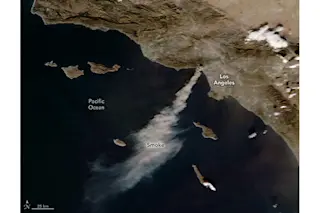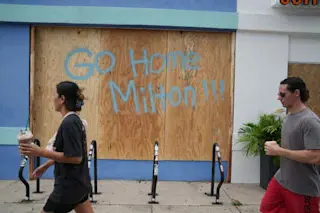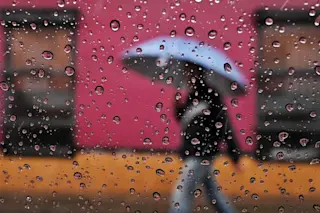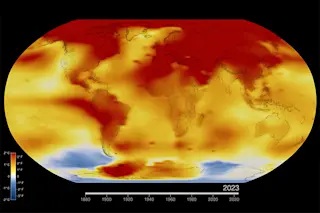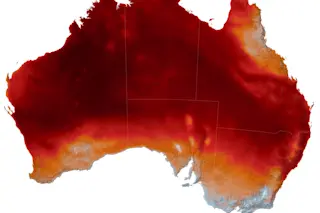Super Typhoon Haiyan makes landfall in The Philippines at 4 a.m. local time, Nov. 7, 2013, as seen in this screen shot of an animation of false color images from the Korean COMS-1 satellite. Click on the image to watch the animation. (Source: CIMSS Satellite Blog) | Update 12 p.m. MST, 11/9/2013:
Just how strong was Haiyan at landfall? Was it the strongest on record, as meteorologist Jeff Masters of Weather Underground continues to argue? Two days after landfall, it's still not entirely clear. Rene Paciente, a forecaster with the Philippine government’s national weather agency, is quoted in the New York Times as saying, “Some of the reports of wind speeds were exaggerated. His agency pegged the storm's winds at landfall at about 150 m.p.h. Meanwhile, satellite measurements indicated speeds of as high as 195 mph, with gusts to 235 mph. Given this conflict, it seems that only when scientists ...



